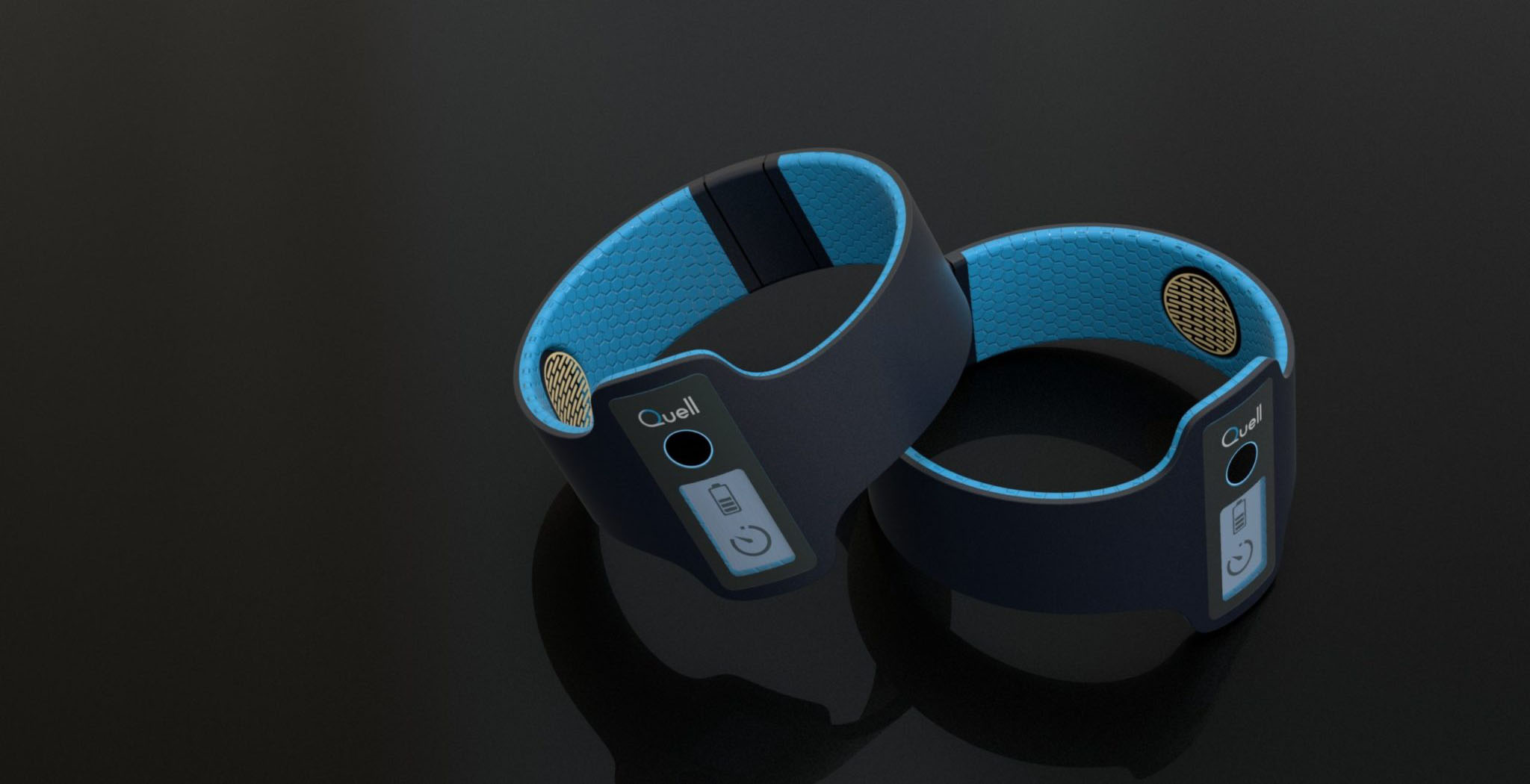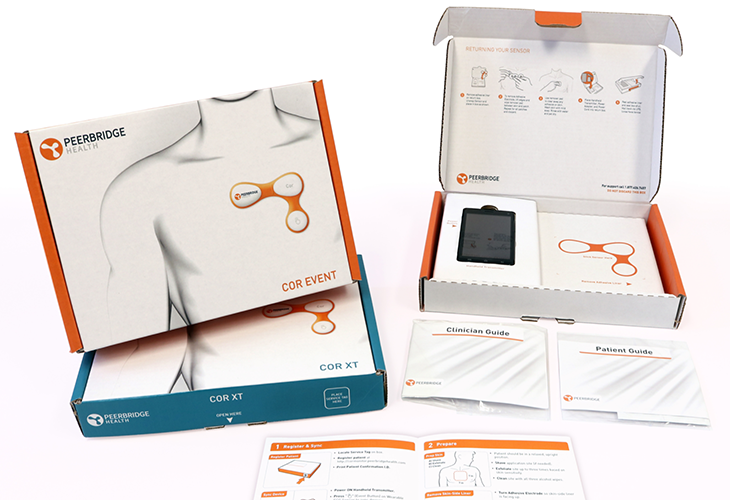Early-Stage Startups Must Answer these Questions to Raise Funding

If you’re the founder of an early-stage startup looking to raise seed or series A funding, you’ve no doubt been perfecting your pitch. You may have spent countless hours adding and deleting slides, unsure of exactly what investors want to see.
At MANTA, we’ve worked with startups for over 30 years to bring innovative product visions to reality. We’ve worked right beside founders as they jumped through the hoops of funding rounds and tight deadlines. The pitch is far harder than it looks because it’s not in fact about the slides, but about your business.
Our experience as a product development partner has taught us what helps early-stage startups succeed - both in the pitch and in business. Underlying all the slides in your pitch deck are three foundational questions. Startups that answer these questions honestly will win the pitch and go on to win the game:
Who are you addressing?
The #1 reason that startups fail? They have no market need to address. Too many founders fall back on a “If you build it, they will come” mentality. It’s less risky and far faster, however, to instead build something people want.
There are two complementary ways of answering this question:
On a macro-scale, consider your market and the critical missed opportunity or inefficiency you see at play. Using secondary market research, you can quickly approximate a total addressable market (TAM) that will pique investors’ interests.
On a micro-scale, think about your customer and user and what problems they have. This second approach can be more intensive, but primary user research gives you more insight into your value proposition, and more credibility when raising startup funding.
The value of user research is that it delivers three key insights:
- Who your buyers and users are
- The critical drivers of their purchasing decisions
- The unmet functional and emotional needs you can solve for
MANTA relies on a lean user experience approach especially designed for startup clients, adapting traditional methodologies for tight deadlines. We use a range of interview and research techniques to extract key insights that articulate key user personas and use cases.
These insights help early-stage startups shape a product and a business that appeals to customers. Moreover, it inspires confidence in investors by demonstrating that you understand the nuances of your market and are focused on building a business with real value.

Contextual interviews with your users reveals needs your product can address
What is your solution?
Regardless of how incredible your technology might be, the value of your business lies in how well it solves a problem for your customers. Our designers advise startups to tell the story of their solution, not just their product, especially through illustrations and visuals. Our approach helped just one startup raise over $16M in early-stage funding.
We also recommend a design-thinking approach of solving by iterative making, specifically by using envisioning. Envisioning helps you visually explore and experiment with what your product could be and how it attracts your customers. Concept sketches, for example, can align your team on the skeleton of what your product could provide, while also stimulating their imagination to create truly novel innovations.
Envisioning is also important to achieving proof-of-concept and early signs of product-market fit. With interactive mock-ups or 3D models, you can get your product into customers’ hands for fast feedback. When raising startup funding, even early user tests can give you the data to demonstrate traction in both quantitative and qualitative ways.
Beyond demonstrating engagement, envisioning can sweeten the deal when pitching to investors. To quote Glen Shires of Google, “If a picture is worth a 1,000 words, a prototype is worth 10,000 slides.” While investors may not get dive into the details of your technology in the first meeting, a compelling rendering or prototype can be just the teaser that gets you an invitation back. Here at MANTA, after we redesigned a client’s prototype for increased usability, they were acquired for $95M in just one week by an investor who had previously passed on funding them.
Whether 2D or 3D, envisioning tools help early-stage startups short on cash raise another round of funding without having to invest in expensive and costly R&D efforts. By engaging your audience in the experience, envisioning helps you sell the story that gives your startup a competitive advantage.

Low-fidelity interactive prototypes help early-stage startups quickly test their product
How will you win?
Not knowing, or worse, not being honest about your competition will hurt your company in both the pitch for early-stage funding and in long-term viability. If you’ve answered the above questions, you should be able to identify the key value drivers for your set of customers.
The critical question now becomes: how well can you deliver on those drivers relative to everyone else running on the same track? Is your solution designed to stand out in the crowd of your competition? Here are a 5 ways startups can successfully differentiate and capture greater market share:
- Technology: Although many companies may be going after the same market as you, and may have even realized similar solutions, you may be able to identify a technology your competition hasn’t investigated. Conducting a comprehensive technology assessment helps startups better understand the opportunities to pursue relative to more established competitors.
- User Experience: The prevalence of intuitive experiences in consumer technology has led to customer expectations of frictionless user interfaces regardless of industry. With our strong understanding of usability principles, we help companies leverage design as a differentiation advantage.
- Reduced Cost of Goods Sold (COGS): A more common competitive advantage for hardware companies, you can reduce costs by breaking down materials into component parts, choosing packaging that ships inexpensively, and working with suppliers and manufacturers that can help you reduce cost at higher volumes. At MANTA, we’ve deliberately cultivated a network that helped more than one client achieve a bill of materials (BOM) they previously thought was impossible.
- Speed to Market: Your team and your execution is critical for you to get to market faster than potential competitors. Additionally, especially for hardware startups, having trusted vendors and manufacturers at hand is critical for quick production.
- Positioning and Branding: Positioning can be harder to quantify, but if you know your market well, you will know whether they’ll be more attracted to a value-brand or a premium-brand. In our work with VC-backed early-stage startups, our designers have been able to effectively translate a vision of a premium brand into their product’s form, interface, and packaging.
Your path to win is the climax of your pitch. It brings the story of your company home and shows that you have it what it takes not just to generate an idea, but also to execute it successfully. Ultimately, angels and early-stage investors want to see that you are a good bet, and having a competitive strategy they can throw funding behind strengthens that bet.

Packaging aligned with your brand can help you stand out in a crowded market
Build Your Team
Committing to answering these three foundational questions requires having an experienced, dedicated team willing to stick with you as you iterate your offering. However, the small size of many founding teams can limit the bandwidth they have to go after these questions.
Our extensive work with startups, especially in medical devices, robotics, and consumer electronics, has helped many early-stage startups raise funding and grow revenue. Our knowledge and networks offset much of the risk of developing a scalable product and business. If you are looking for user research, envisioning services, or manufacturing advice, our multi-disciplinary team is just a click away and ready to help.
